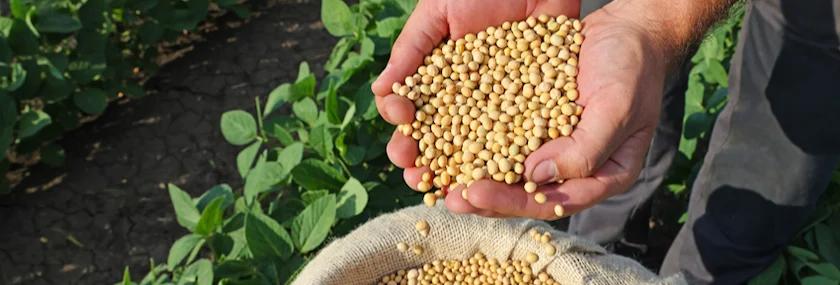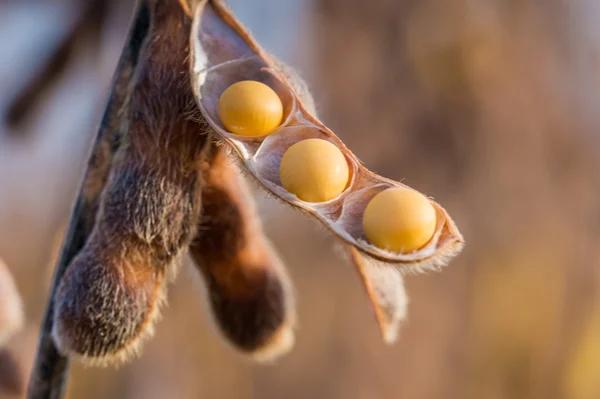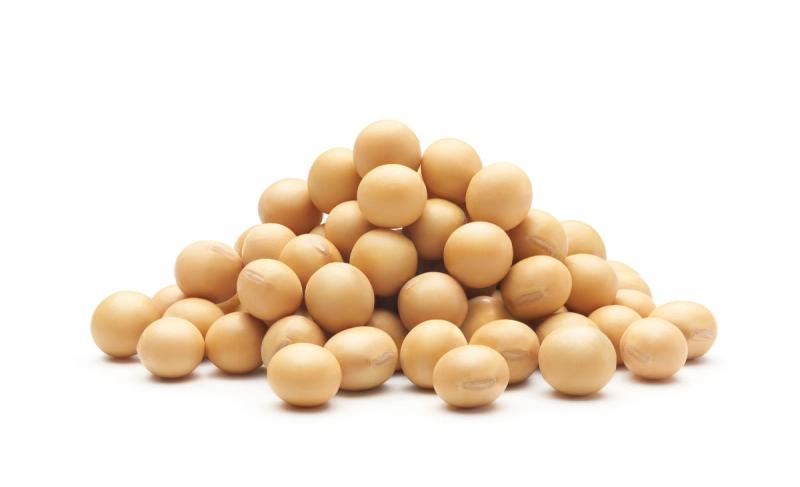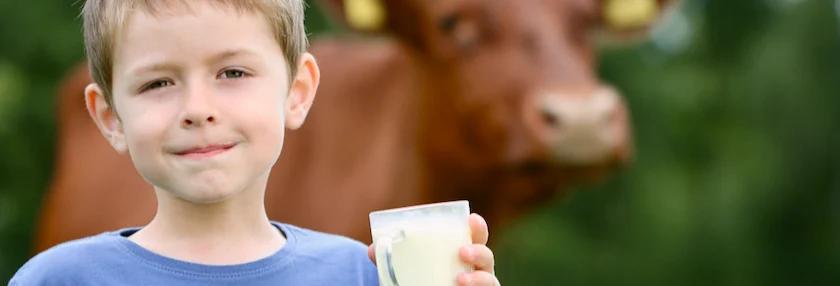The Versatile Soybean


What happens after it’s harvested?
A plant with golden colored beans dances from the wind. In the distance, a large piece of equipment becomes bigger and bigger. The plant becomes smaller as it is harvested through the combine, transferred to the grain cart and then to a semi truck. The semi truck engine starts and as it drives away the sound becomes quieter and quieter.
The soybean is off to its next adventure.
The journey
A farmer has two options of where the soybean goes: to a cooperative elevator or their own storage.
A cooperative is owned and run jointly by its members, who then share the profits and benefits. A farmer can choose to put their grain in an elevator at a cooperative and sell it that day or wait until the price is just right for them.
The second option is to put it in their own storage to further use on their operation or sell later. Both are great options, it depends on what is right for each farmer and their operation.
Once the crop is out of the farmer’s hands, it will be transported and made into many products we eat and use.
The bean
The soybean starts as a green colored bean inside a green pod, but at cutting time it will be a light yellow-colored bean inside a dry, yellowish brown pod. There are two parts to the bean: meal and oil.

Soybeans are graded based on damaged kernels, foreign material (anything that is not the bean, ie: pod, stalk, other grain), immature beans, and more. By doing this, it ensures the grain is of high quality and ready to be made into products.
To separate the two parts of a bean, it is cleaned, cracked, de-hulled and rolled into flakes. The first three steps are completed when it is harvested. The last part of the process allows oils to be extracted. Then, the leftover material will become soybean meal.
The uses
Soybeans are a extremely versatile crop; all parts can be used. It is visible in everyday life, but no longer looks like a bean. Roughly 77% is used for animal agriculture while the rest is used for human consumption, industrial products, and biodiesel.
When used for animal agriculture, it stays as soybean meal and provides protein to many animals including cattle, swine and poultry.
Soybean meal can also be used as an adhesive. “Soy-based adhesives are water-based systems formulated with natural soy flour and a proprietary cross linking resin,” UseSoy (the National Soybean Board) says. “When blended, the resin reacts with the protein in the soy flour to form a durable, water-resistant thermoset adhesive that is comparable in strength and performance to urea-formaldehyde-based adhesives.” This adhesive is used in glues, drywall and more.
Soy is used in several cereals and beverages, soy sauce, and protein alternatives including tofu, soy milk and some plant-based burgers.
The oil can be used to fry foods and as a vegetable oil. It can also be used as an ingredient in dressings.
In addition, the oil is used in industrial products we see in our life everyday like paints, plastics, tires, shoes and cleaners.

The impact
The soybean is a mighty crop. In 2022, the world produced 4.28 billion bushels of soybeans. One bushel of soybeans weighs 60 pounds, on average. This equals out to 256.8 billion pounds that farmers around the world produced in one year.
While its use heavily goes into animal agriculture, it would leave a drastic impact if it was no longer used for that. With less demand, supply would decrease, making the price of products made from soybeans skyrocket.
Soybeans are an amazing crop used in our everyday life. Everyone would notice if the production decreases, whether you eat meat or not.
About the author
When not tending to her own 17-acre farm, Michelle Miller aka The Farm Babe is a writer, public speaker, and social media influencer on food and modern agriculture. Learn more about her at thefarmbabe.com.
Do you know the uses for the versatile soybean?
See why farmers are proud of the beans they grow
Tags:The Farm Babe

Acreage Life is part of the Catalyst Communications Network publication family.
















